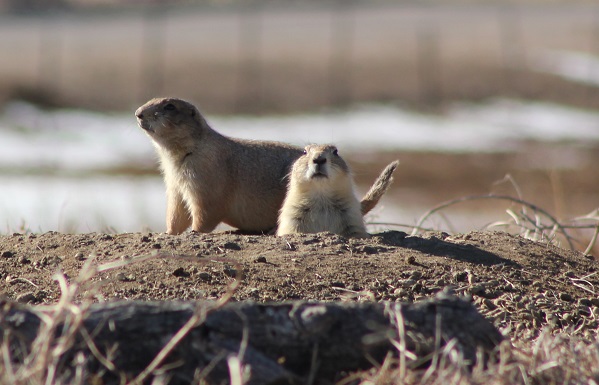The threat bigger than toxic spills facing Western Rivers
7 Sep
Industrial civilization and the living planet don’t mix; the former is destroying the latter. A recent article from Summit Daily details one of the threats; to rivers in Colorado and the Southwest.
Join Deep Green Resistance in working to help all rivers run free.
The threat bigger than toxic spills facing Western Rivers
Gary Wockner
Writers on the Range
If there’s any good news to be gained from the toxic spill of mine wastes into the Animas River upstream of Durango, it’s that public attention has suddenly shifted to the health of rivers in the West.
The 3-million-gallon accident riveted the media, even rating a story in England’s Guardian newspaper. Here at home, officials took action almost immediately: Biologists put out fish cages to see if the sludge was killing fish, and chemists began testing the murky water for acidity and heavy metal concentrations. Within a few days, the governor, both Colorado U.S. senators, and the administrator of the Environmental Protection Agency — whose contractors triggered the spill — showed up in Durango to express their regret, outrage, support, etc. They promised that it would never happen again.
But of course a disaster is sure to occur again, because there are thousands of century-old abandoned mines in the region that have never been thoroughly cleaned up. And as the saying goes: Acid mine drainage is forever.
But while an orange plume of heavy metals moving through a river system toward a major reservoir like Lake Powell is certainly a serious problem, there’s another danger targeting rivers in the West. It’s the kind of disaster that sometimes kills every living creature in a river, imperils the river’s health for weeks and months, causes extensive contaminations of e. coli and heavy metals and destroys the recreational economy — rafting, tubing, fishing — for months at a time.
This disaster is caused by dams. Whether they are large or small, they block a river so that water can be diverted for farms, ranches or domestic use. From its beginnings high on the Continental Divide, for example, the Colorado River loses 90 percent of its flow to diversion in the first 40 miles.
Once the Arkansas River leaves the mountains and heads for Kansas, it becomes a dribble of its former self. The dammed and diverted South Platte River through Denver is often a putrid, algae-ridden and depleted mess, and when it exits town, most of its flow is made up of discharge from Denver’s sewage treatment plant.
The Cache la Poudre, near my home in northern Colorado, is sometimes drained bone-dry as it moves through downtown Fort Collins, and when it does have water in it, its native flow is diminished over 50 percent by dams and diversions.
Colorado is just the tip of the iceberg of river destruction. Rivers across New Mexico and Utah are in a similar desperate condition. And in Southern California and Arizona, most rivers are drained completely dry every single year. The Gila River in Arizona, once a large and beautiful tributary of the Colorado River, is now completely dead except during rare monsoon rains that fall perhaps once every 20 years.
But there’s worse to come. The states of Colorado, Wyoming, New Mexico and Utah have all just gone through official water-planning processes and are proposing even more dams and river-draining activity. The governor of Wyoming has called for “10 new dams in 10 years.” The state of Utah wants to put “a dam on every river in the state,” and water agencies in Colorado are proposing large new diversions out of the Colorado River. In addition, Colorado yearns to retain every legal drop before its rivers cross the state’s boundaries.
As you watch the media focus for a while on river health, consider this trivia question: Where was the last major dam and river-destroying project in Colorado?
If you guessed it was on the Animas River, southwest of Durango, you’re right. The controversial Animas-La Plata Project erected a huge, new dam and reservoir, a pumping station to divert water out of the Animas River and the federal government did it all with virtually no mitigation to offset the impacts to the river.
Were elected officials outraged at this project? No, they celebrated it and named the reservoir Lake Nighthorse after former Colorado Sen. Ben Nighthorse Campbell.
If this plume of poisoned water moving downstream teaches us anything, maybe it ought to be this: All of our rivers are at risk so long as we continue to prevent them from running free.
Gary Wockner is a contributor to Writers on the Range, a column service of High Country News. He directs two river protection organizations, Save The Poudre and Save The Colorado, and is based in Fort Collins.


No comments yet